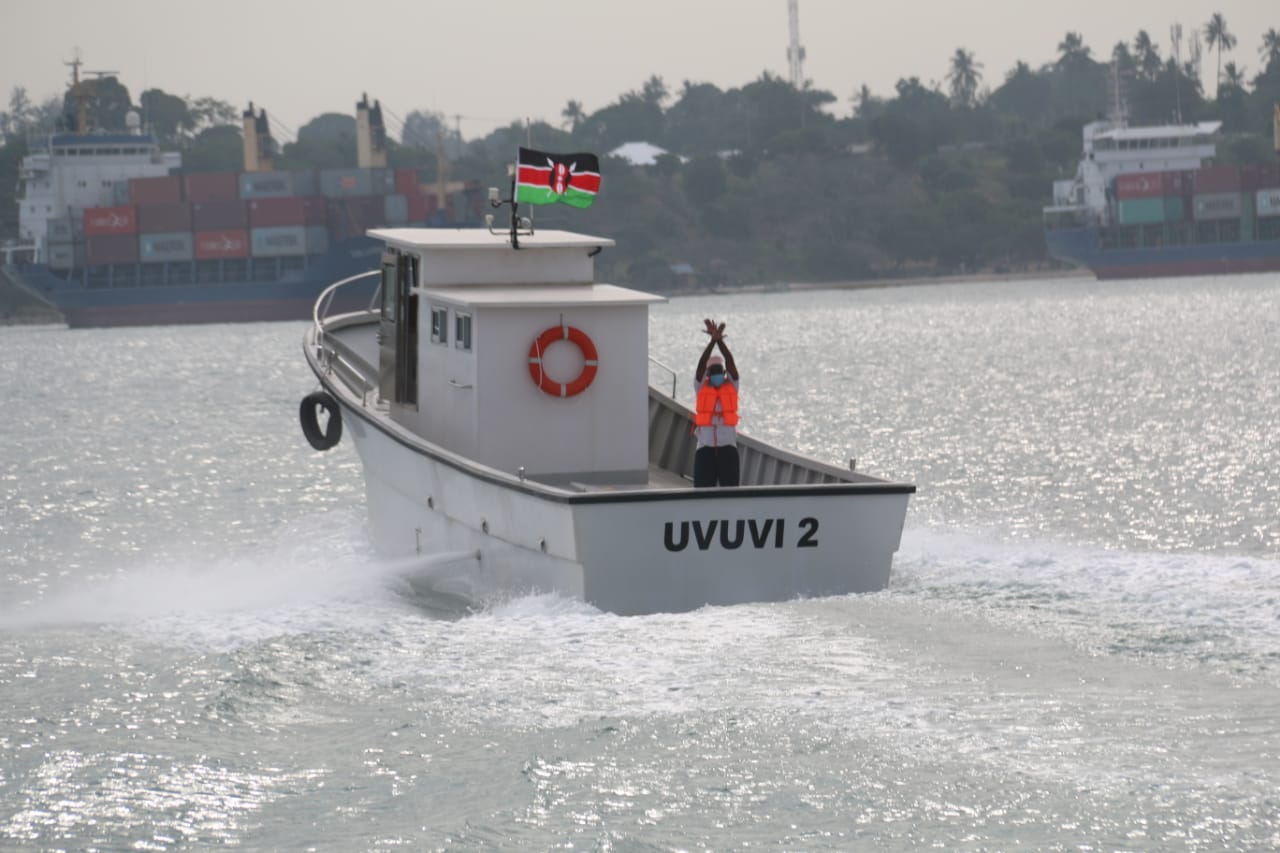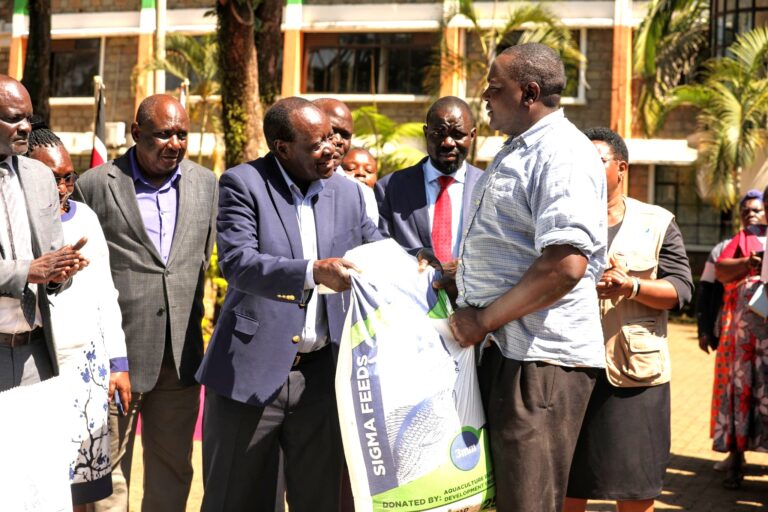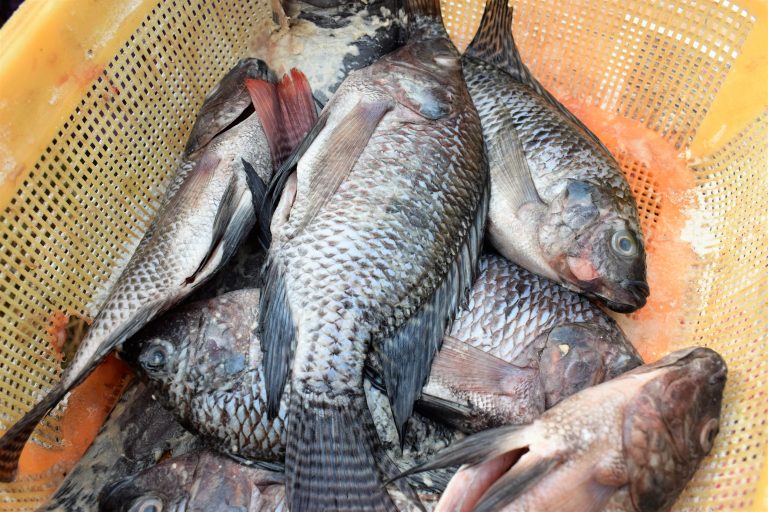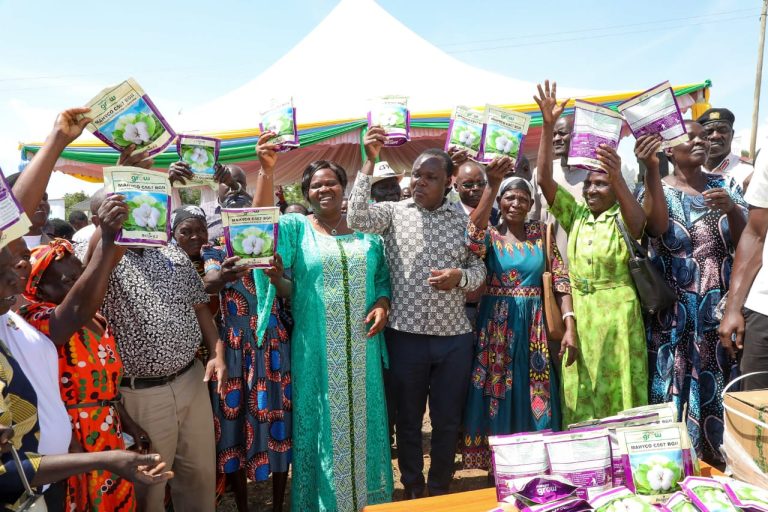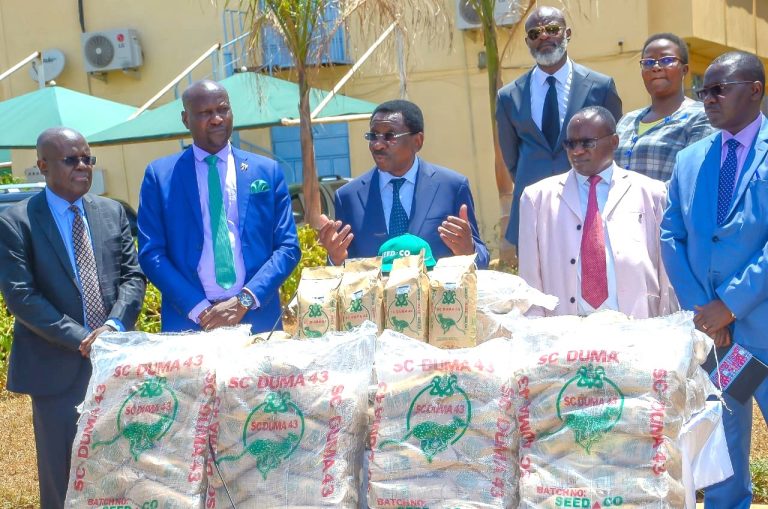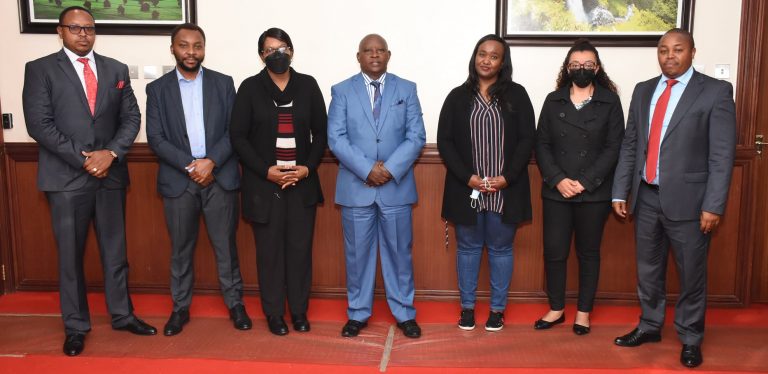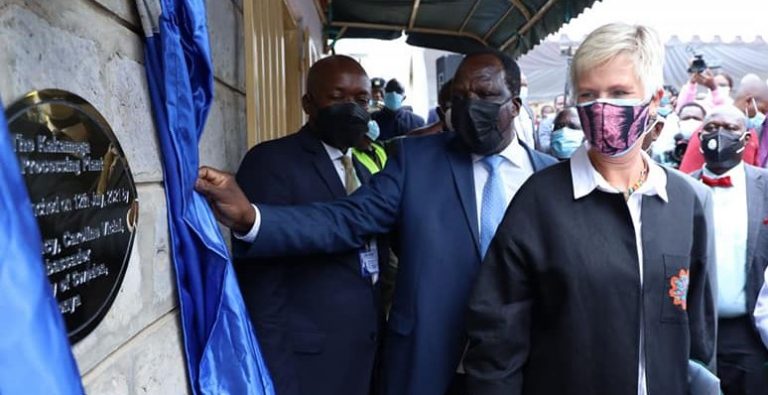The Kwale County Government, in partnership with the Kenya Marine Fisheries Socio-Economic Development (KEMFSED) project, is advancing the fisheries and aquaculture sectors to bolster sustainable livelihoods among coastal communities.
KEMFSED, which runs from 2020 to 2025 under the State Department for Blue Economy and Fisheries and is supported by the World Bank with a Sh10 billion investment, is being rolled out across Mombasa, Kwale, Kilifi, and Lamu coastal counties. The initiative aims to enhance fishery infrastructure, increase catch volumes, and improve the livelihoods of local fisherfolk.
The blue economy encompasses a range of sectors including fisheries, aquaculture, maritime biotechnology, tourism, marine transport, and logistics. In Kwale, authorities are focused on building a resilient aquatic food system in the face of climate challenges.
“This initiative is not just about increasing the quantity of fish caught; it’s about improving the livelihoods of fishermen and their families,” said Governor Fatuma Achani. “It is a step towards ensuring long-term prosperity for the fishing communities.”
According to Governor Achani, the program unlocks Kwale’s fisheries potential by upgrading infrastructure and overcoming systemic challenges. A key component has been skills development, where 76 local fishermen, including four women, have been trained and certified as coxswains capable of operating vessels and conducting deep-sea expeditions.
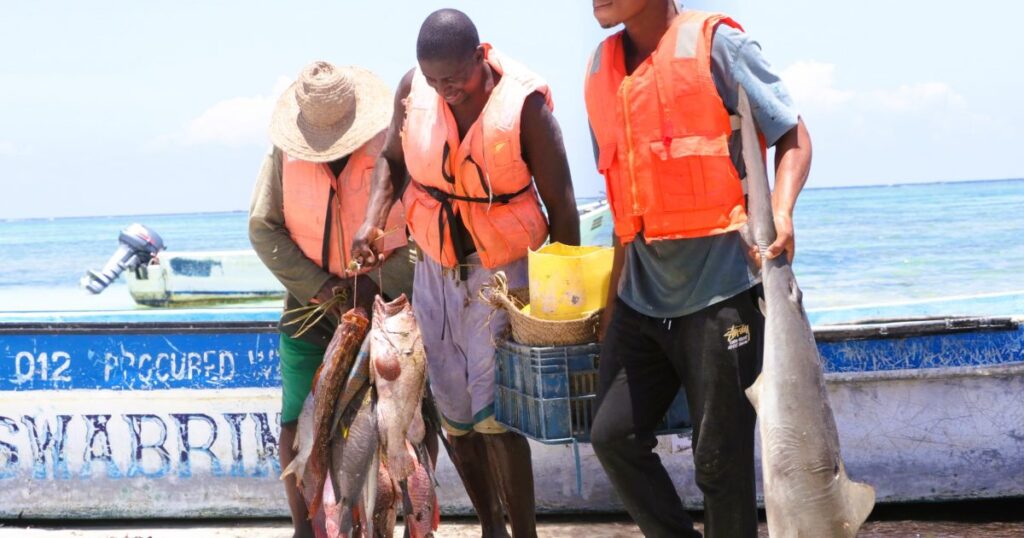
She added that the county has distributed 60 modern fishing boats, each equipped with outboard motors, GPS devices, fish finders, and other high-tech equipment. Fisherfolk have also received essential supplies such as multifilament fishing nets, cooler boxes, flares, life rafts, and jacket floats, aiming to transition fishing from a subsistence activity into a profitable enterprise.
“Having access to outboard engines and improved fishing gear has allowed our local fishermen to increase the amount of fish catches,” said Achani. “Fisherfolk can now fish safely and sustainably.”
The use of modern fishing vessels has enabled access to Kenya’s Exclusive Economic Zone (EEZ)—a 200-nautical-mile offshore area rich in marine resources. Achani noted that previously, local boats were not capable of reaching or operating effectively within the EEZ.
“Limited access to modern fishing equipment, inadequate skills, and the growing impact of climate change have hampered their productivity and income over the years,” she explained.
In addition to providing equipment, KEMFSED has supported the construction of nine fish landing sites in Shimoni, Vanga, Gasi, Chale, and Tsunza. These sites are equipped with cold storage and handling facilities to minimize post-harvest losses.
County Executive Committee Member for Agriculture and Fisheries, Roman Shera, emphasized that these improvements have enhanced storage capacity, allowing fishermen to maintain freshness and fetch higher prices in regional markets.
“The cold storage facilities have allowed fishermen to supply fresh fish, which sells for a higher price than dried fish to external marine fisheries markets,” said Shera.
He noted that increasing cold storage, modernizing vessels, and improving processing facilities are key to enhancing the efficiency and profitability of the fisheries sector.
“By implementing these measures, we can optimize our fisheries potential and support the welfare of the local fishermen,” he added.
The project has also brought new energy to coastal communities, providing the tools and training necessary to compete in today’s evolving fishing industry.
“The training sessions have taught us more efficient fishing techniques, and we’re seeing better quality catches,” said Halima Hamisi, one of the newly trained female coxswains.
Hamisi noted that before the intervention, fishing in Kwale was largely traditional and small-scale. “The introduction of mechanized fishing crafts and modern fishing gear has boosted our catches and earnings, eventually improving our socio-economic livelihood,” she said.
For fishermen like Mohammed Mbogo from Tsunza, the project has been transformative.
“Before, we relied on outdated equipment and could barely get enough marine fisheries to feed our families,” Mbogo said. “Now, with the new boats and gear, we can venture into deep-sea and catch more fish. It feels like a new beginning.”
He added that maintaining the quality of the catch is vital, but many artisanal fishers have struggled due to a lack of storage and processing capacity. The new investments, he said, are changing that reality.


